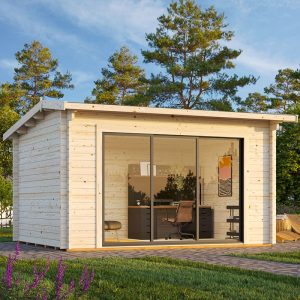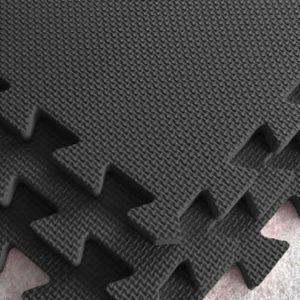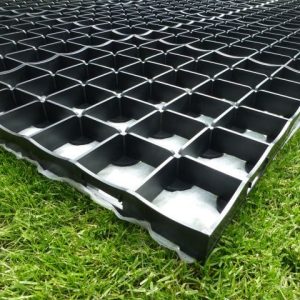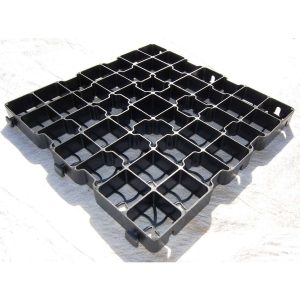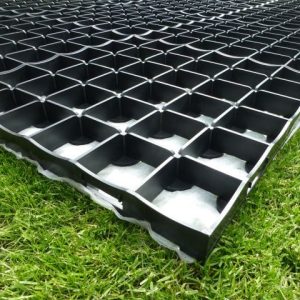Foundation for Constructing Size(s) 12×8 Quickfit Standard Shed Base. Establish a foundation for a garden structure utilizing an EcoBase Quickfit Base Kit. Serving as a sustainable option to concrete or paving stones, Ecobase Quickfit comprises of repurposed grids that link together to furnish you with a sturdy, durable, and well-drained base for your garden building. Foundation for Constructing Size(s) 12×8 Quickfit Standard Shed Base









